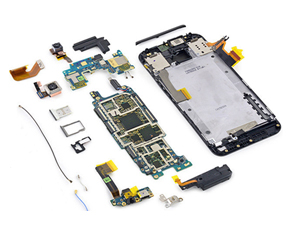Sheet metal processing surface treatment electroplating process
Types of electroplating:
a. Galvanizing: 1. Cyanide zinc plating 2. Zincate zinc plating 3. Chloride zinc plating 4. Sulfate zinc plating
b. chrome plating c. gold plating d. copper plating e. nickel plating f. other metal plating
6. Anodizing
The metal on the surface of the workpiece is oxidized to form a dense protective film on the surface of the workpiece to increase the corrosion resistance of the workpiece. Generally, there are two ways of chemical oxidation and anodic oxidation. It is a commonly used surface treatment method, usually with primary color anodizing and black anodizing. Common materials for this surface treatment process: aluminum.
7. Silkscreen
The process of screen printing various logos on the surface of the material generally has two methods: flat screen printing and pad printing. The main principle is the same as the principle of camera film imaging, and it is also an exposure process. Flat screen printing is mainly used on general planes, but if you encounter Where there are deep pits, pad printing is needed. Usually used in trademarks, use signs, warning signs, etc.

8. Phosphating
Phosphating is a commonly used pre-treatment technology. In principle, it should be a chemical conversion film treatment. It is mainly used for phosphating on the surface of steel. Non-ferrous metals (such as aluminum and zinc) can also be phosphated.
The main purpose of phosphating is: to provide protection to the base metal and prevent the metal from being corroded to a certain extent; for primer before painting to improve the adhesion and anti-corrosion ability of the paint film layer; to reduce friction in the metal cold working process Lubrication. Commonly used materials for this surface treatment process: cold-rolled sheet and hot-rolled sheet.
9. Dip
The product is heated in the molten material, and the heated metal combines with the surrounding molten material to form a surface material with a certain thickness. According to the different raw materials used for dipping, it can be divided into liquid dipping (coating) and powder dipping (coating). Such as: hangers for drying clothes, pliers, rubber sleeves on scissors, wrenches for water valves and so on. Commonly used materials for this surface treatment process: cold-rolled sheet, hot-rolled sheet.